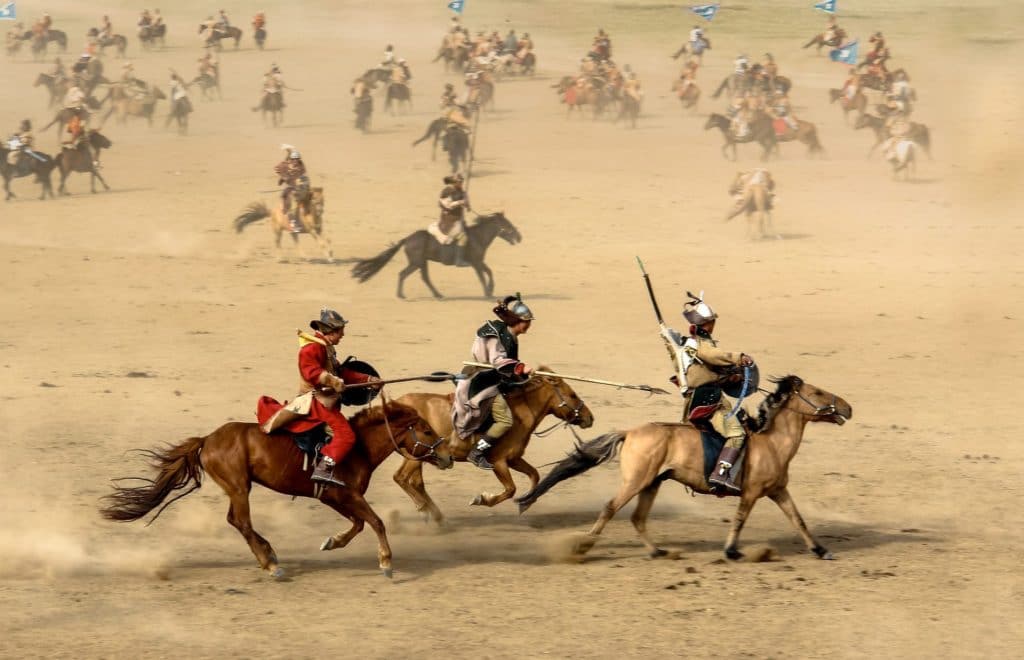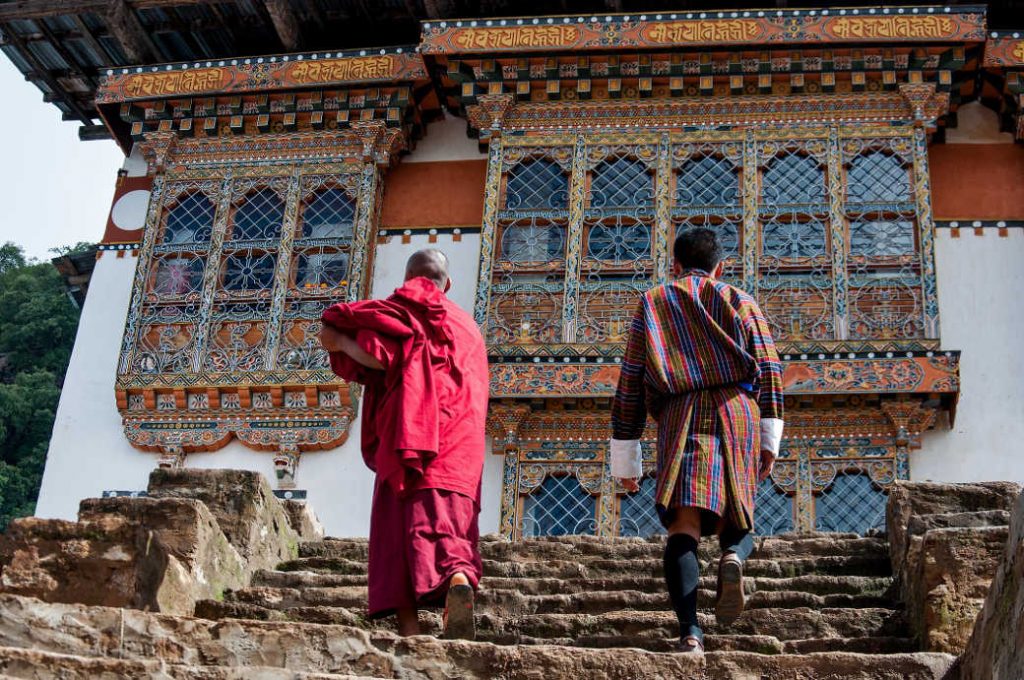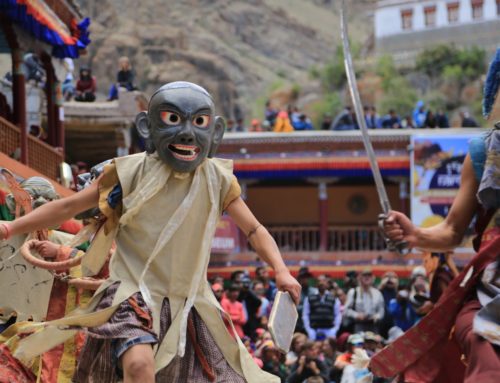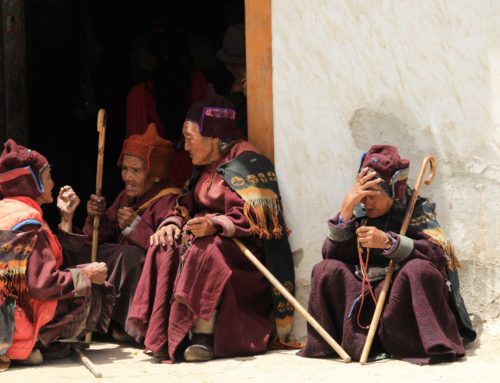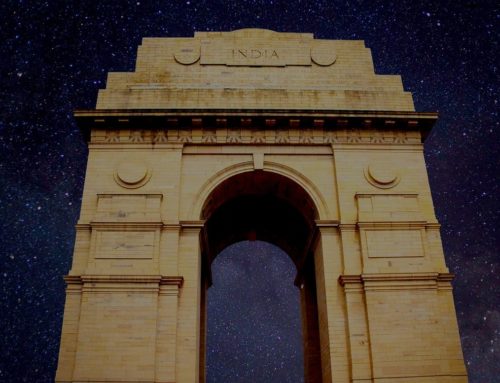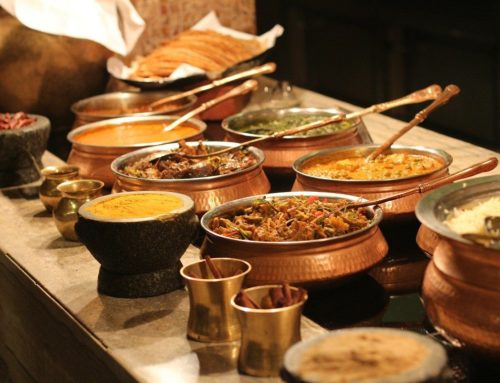Why the East of Bhutan is a “Hidden Gem” for Travelers

By Ulrike Čokl
Ulli has lived in Bhutan on and off for many years. She has conducted ethnographic research on traditional hospitality practices, travelling & gift-exchange in rural communities. Thus she is very familiar with village livelihoods all over the little kingdom. She loves developing unique itineraries that offer a glimpse into the rich cultural traditions and practices of Bhutanese society.
Why East
Have you been to Bhutan before and want to return for an off the beaten track tour? Or is this your first visit but you want to book a trip that is not cookie cutter just to tick off the usual sights? If yes to either, then Eastern Bhutan is perfect for you. It is an insider’s tip if you know where to go. The East offers stunning nature and day-hikes, traditional homestays, immersion in everyday village life and charming encounters with local Bhutanese, including traditional artisans. For the adventurous, traveling in the East can have pioneering character when you attend remote village festivals where you might very well be the first foreign guest ever to have participated. Oh, and not to be forgotten, in 2018 the Bhutanese government reduced the daily tariffs for visitors to the East to support local village communities who are often overlooked by many tourists. This means you can now affordably travel to this part of the kingdom, especially in the mild winter months during low season. The weather is chilly in the evenings and mornings, but warm during the usually clear and sunny daytimes.
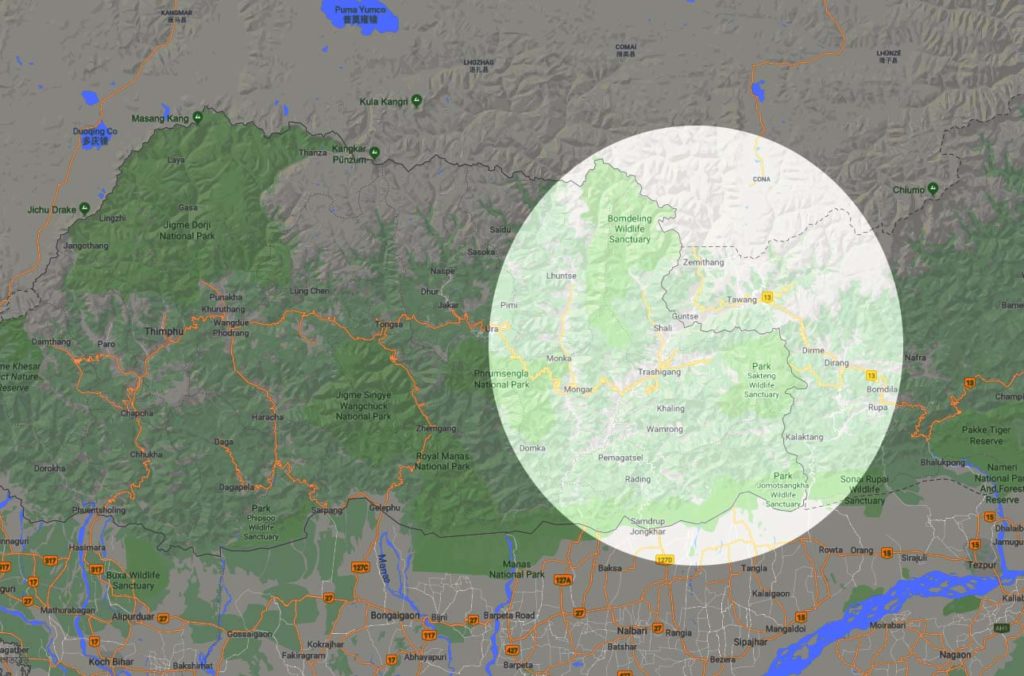
Which Counties Delineate East Bhutan
East Bhutan refers to Samdrup Jongkhar, Pemagatshel, Trashigang, Trashiyangtse, Mongar and Lhuentse regions. It is possible to enter and exit by land through Samdrup Jongkhar. From there, you will ascend through a subtropical climate—with its bamboo, banana and broad-leaf trees—to higher areas in Trashigang. All the while you will be rewarded with great views of the Indian plains and Bhutanese foothills that you leave behind. The sightseeing possibilities include Dzongs, monasteries and temples, most notably, Gom Kora, Chorten Kora, Drametse and Mukazor. However, the real charm of the East lies in its natural beauty and the remote village culture, local hospitality, community festivals, and of course meeting with all sorts of Bhutanese locals and artisans.
Traveling while Supporting Local Communities
There is an interesting traditional crafts school in Yangtse that is worth a stop, but why not also spend a few days at an artisan’s home and participate in a workshop? Eastern Bhutan boasts a concentration of a number of traditional Bhutanese crafts (zorig chusum), including paper making (dezo) and wood turning (shagzo) in Trashiyangtse; weaving (thagzo), pottery (jinzo) and wood carving (parzo) in Pemagatsel, Trashigang and Lhuentse; and carpentry (shingzo) throughout the region.
In your homestays, your hosts will treat you to organic home cookedmeals. If you are adventuresome, a tshogchang can be arranged—a truly authentic welcome ritual in which villagers come to greet a guest with alcohol and snacks, and song and dance, all in return for a monetary gift (soerat) from the visitor. While visiting the East, you support villagers directly and help countering rural-urban migration, a big issue in Bhutan, through sustainable and ethical tourism.
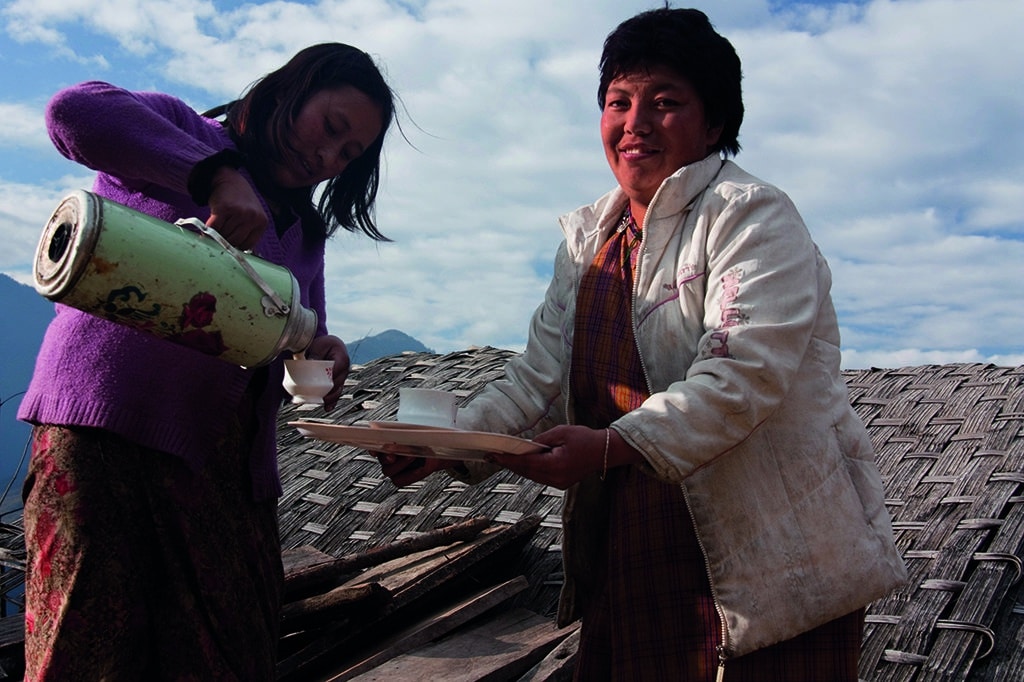
Foto: Marina Beck Photography
What to Do Where
Let me inspire you with some glimpses into the East: In Pemagatshel, the women of remote Chimoon village cultivate and process cotton into thread which they weave into beautiful textiles! Further to the north in Kangpara, a very remote region in Trashigang, you will find sleepy villages nestled amidst of rice fields. Here, some of the best quality bangchung (woven bowls) and baskets are made and you can join a bamboo weaving workshop. Later, enjoy a cup of ara (local moonshine) and a homecooked meal with your host family. In Trashigang, hike through fairy tale forests to remote hermitages that belong to hereditary religious lineages and dine with the families. Specialized trips allow for deeper immersion in the life of the Brokpa, semi-nomadic yak herders of Merak and Sakteng. From milking and butter churning, to wool production, spinning and weaving, the life of the Brokpa is fascinating! The beautiful Lingkhar lodge offers a perfect “base camp” to those who like amenities after an adventurous day, whilst others can thrive in traditional homestays. Day excursions are possible to places such as Trashigang town with Trashigang Dzong (fortress), Rhadi village, the ‘rice bowl of the East,’ with its raw silk weavers (bura), Rangjung monastery, and Rangshikhar, a charming village with a great heritage homestay and a little gonpa on top of the mountain. Bumdeling Wildlife Sanctuary in Trashiyangtse offers ample opportunity for nature lovers to pioneer hikes and short treks. Here you will also come across the black necked cranes in winter. They gather in the fields just waiting to be photographed.
My personal favorite is Lhuentse valley. Perhaps you may have heard of Khoma, the famous kishutara weavers’ village. Pilgrims can hike to hidden hermitages and enjoy some contemplation near the meditation huts of the monks, conversing with the head lama. The Guru Rinpoche statue at Takila is impressive and Tangmachu offers scenic hikes in the vicinity. A daytrip away, in Ney village, you will find women processing nettle into thread, a tedious job that results in gorgeous nettle weavings! The little pottery in Gangzur is one of the last where the traditional earthen pots are produced. The famous national dish, ema datshi (chili and cheese), is supposed to taste best if cooked in one of those pots. In Lhuentse you can also participate in weaving and wood carving workshops and if you don’t mind homestays, it is a great place to explore for a few days.
Get Ready…
Feeling inspired? I have only scratched the surface! If you want to discover more of the hidden gems in East Bhutan, please get in touch with us. And check out our very special East-Bhutan-Tour.

